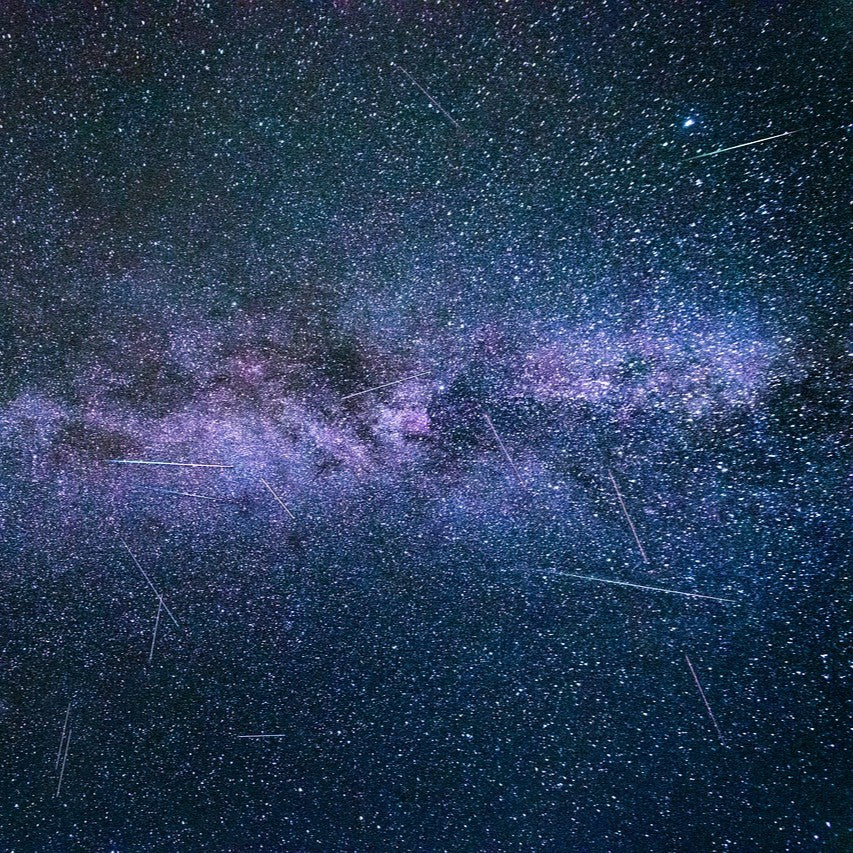
Sky Watch: Perseid Meteor Shower
Share

Fun Fact: It’s been said that the chorus line “I’ve seen it raining fire in the sky” in John Denver’s song “Rocky Mountain High” refers to his experience with watching the Perseid meteor shower during a family camping trip in the mountains of Colorado.
The Perseids get their name from their radiant location in the sky (how convenient!), which is in the constellation of Perseus. In Greek mythology, Perseus is the fabled founder of Mycenae and the Perseid empire. He is the son of immortal daddy Zeus and mortal momma Danaë, as well as the half-brother and great-grandfather of Heracles (or Hercules to the Romans). And you thought your family tree was complicated. Being a bit of a badass, Perseus is known for a) surviving being thrown into the sea in a casket as a baby and b) beheading Medusa to use said head to slay Polydectes in order to squash his persistent and unwanted advances on his mum – whatta son!

In 1835, Adolphe Quetelet was the guy who figured out that this particular shower originates from the Perseus region of the sky. It was thirty-ish years later, in 1866, when Giovanni Virginio Schiaparelli was the first person who associated meteor shower activity with comets. This clever discovery is said to be discussed in his written correspondences with fellow Italian astronomer, Angelo Secchi.
The comet that the Perseids are associated with is Swift-Tuttle, since the stream of debris is composed of particles ejected by this comet as it travels on its 133-year orbit around the Sun. The Swift-Tuttle orbital path is rather ellipsoidal as it swings out past Pluto when it’s farthest from the Sun and snugs up against Earth when it’s closest to the Sun – hence the yearly heavenly visit from approximately July 17th to August 24th. Every time the comet passes through the inner solar system, the Sun warms and softens up the ices in the comet, causing it to sprinkle fresh cosmic dust into its orbital stream.

Most of the space specks found in the Perseid cloud have been in the mix for thousands of years, which is pretty darn cool, right?! During peak days, an average of sixty meteors per hour are ablaze in the sky for our viewing pleasure, at about 60 miles/100 kilometers above the Earth’s surface. Just like with most meteor showers, pre-dawn hours are the optimal time of day to catch the show – so get up and get out there, my little stargazers!
xo
Brittany


